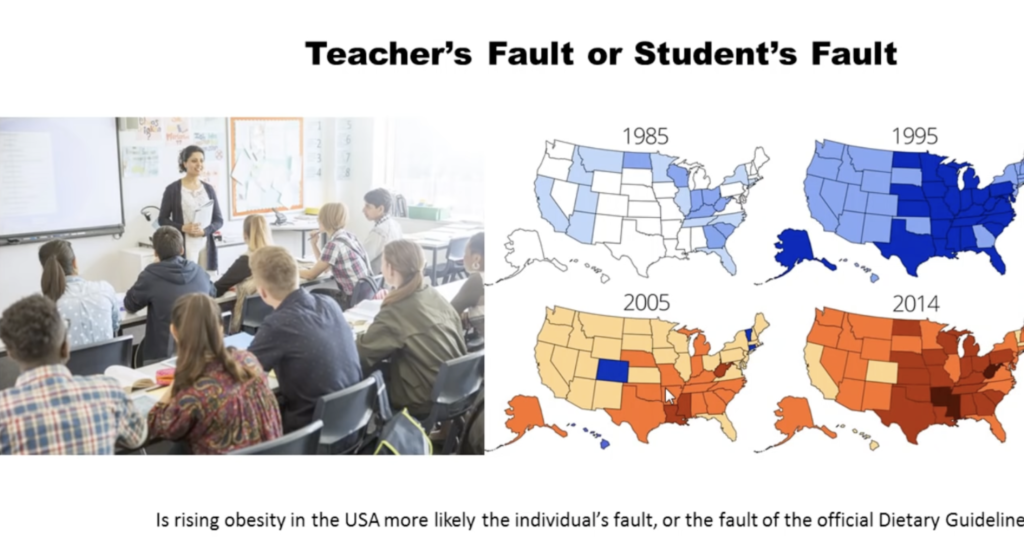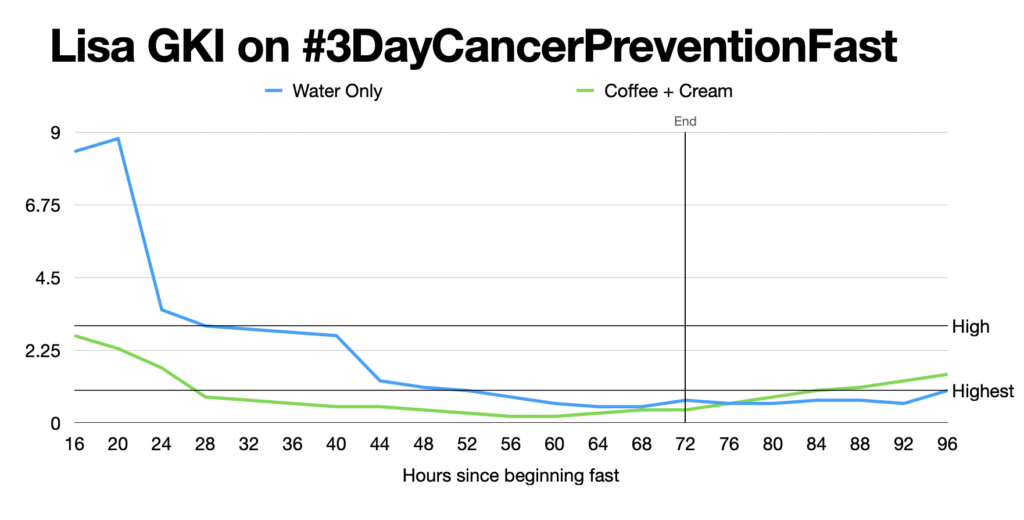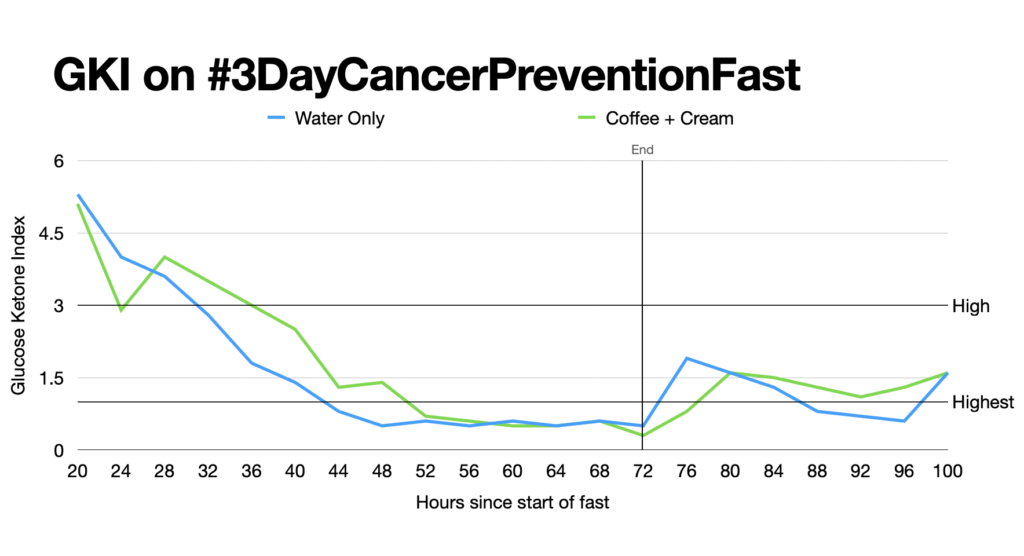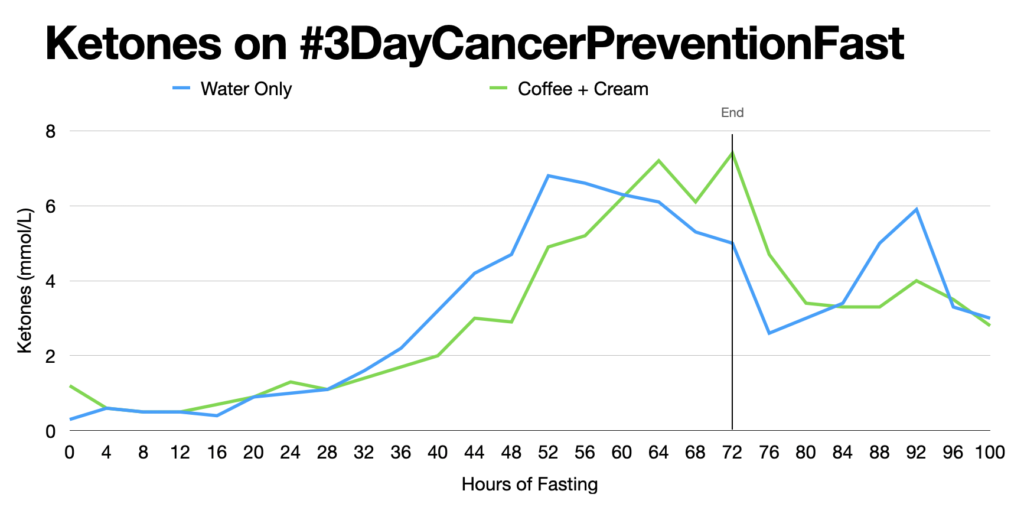It is something of truism among dietary experts that “most diets eventually fail.”
See what Psychology Today and Scientific American have to say on the subject.
Researchers at UCLA state it flat out: Dieting does not work.
At my peak I weighed 265 pounds. When I started working in earnest and experimenting with different diets in October of 2016, I set a “dream” goal of getting to 210 pounds.
Realistically, I would have been pretty happy to reach 22o even 230.
And when I got to those milestones I did feel a lot better.
So I don’t know whether what Lisa and I have been doing is a “diet” or not, but today I’m celebrating a full year under my dream goal weight.
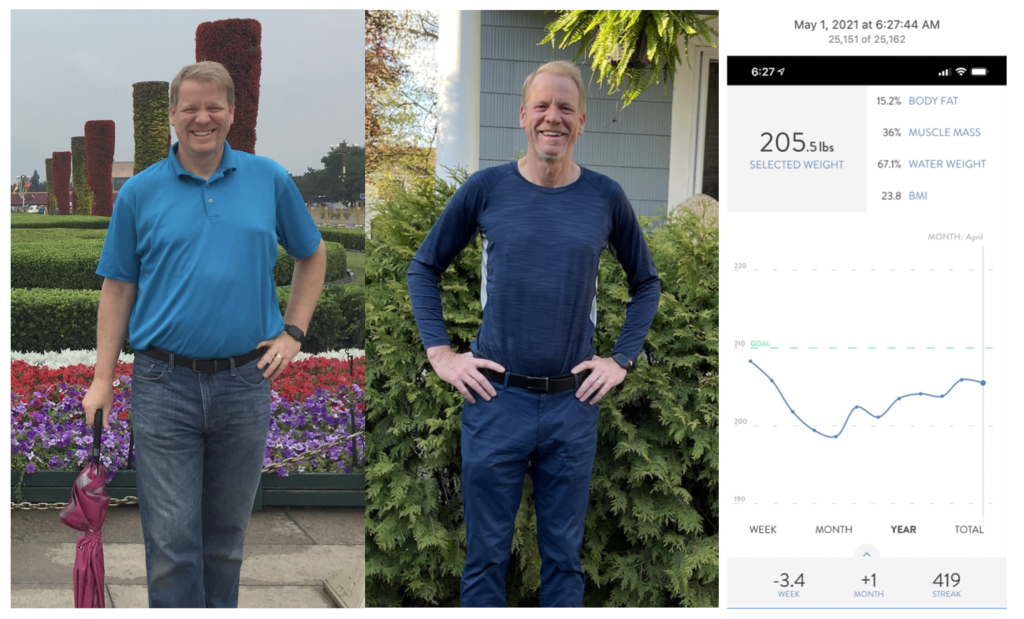
I first cracked the 210-lb. barrier on May 1, 2020 and this morning’s reading was 205.5, which is what I weighed 40 years ago in high school.
Lisa and I experimented with a few different approaches over the first couple of years of our journey, but for the last 20 months we’ve been following a low-carb, relatively high fat eating pattern along with intermittent fasting or time-restricted eating windows.
She’s been averaging between 136 and 138 pounds for the last eight months. That’s about 50 pounds below her peak, and is what she weighed when we were married in 1984.
This approach is totally sustainable.
It’s not always easy, but we don’t have the constant willpower battles that characterize many diets.
And if we find ourselves inching up a bit, we know exactly what we need to do to reclaim control.
To see how I’d do things differently (and get results more quickly) if I were starting over again, see my #BodyBabySteps page.
If you’d like to consider coaching to help you on a similar journey, send me an email and we can set up a no-cost, no-obligation initial consultation.
You can do this!
